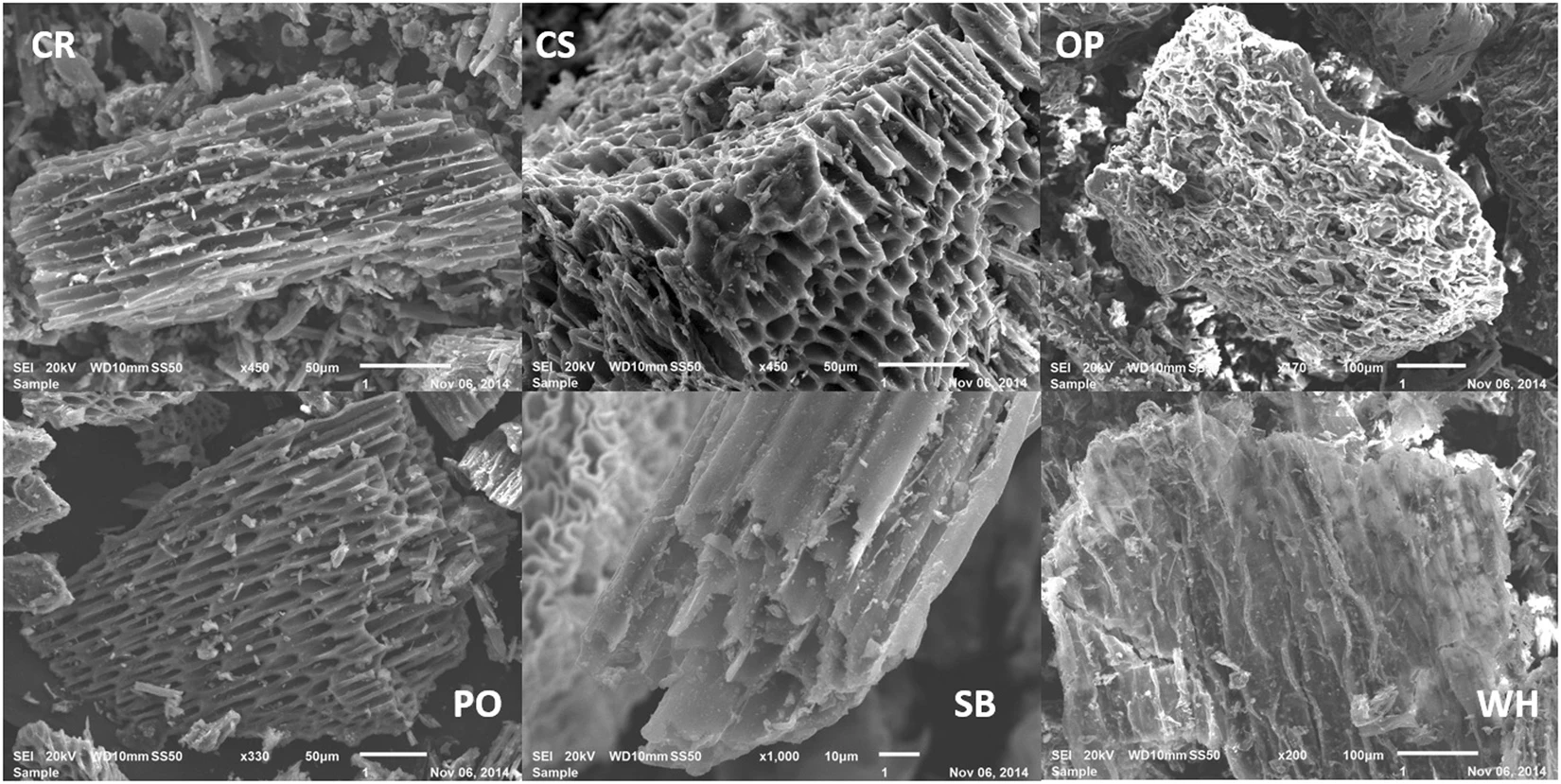
 4
4



Dan Fish wrote:Greg! I hope you circle back around and see this.
I am on a biochar kick currently and I just saw this post. Can you provide more info to expound on what you posted here? I have had the idea of exactly what you are saying, but always at least roughly crush my char, both to make spreading it easier and because it seems popular opinion says it increases surface area.
Thanks!
"Observe the lilies of the field, how they grow: they do not toil or spin, but I say to you that not even Solomon in all his glory was dressed like one of these."
Matthew 6:28b-29
 3
3



John Warren wrote:
I'm not entirely sure what the benefits of keeping it in chunks are or would be aside from not having to breathe as much of the dust, generally being easier to work with , fewer (unnecessary?) steps in the process... potentially easier to see where you have already made your amendments, I suppose...
 7
7



Check out Redhawk's soil series: https://permies.com/wiki/redhawk-soil
 1
1



John Suavecito wrote:Crushing is not about releasing nutrients from the biochar. It's not a fertilizer. If you've got chickens, great. They may do all of the crushing you need. I don't and can't have chickens, so people like us need to find other ways to crush the biochar.

Original chicken bedding thread : deep litter biochar
 2
2



Check out Redhawk's soil series: https://permies.com/wiki/redhawk-soil






John Suavecito wrote:Crushing is not about releasing nutrients from the biochar. It's not a fertilizer.
"Observe the lilies of the field, how they grow: they do not toil or spin, but I say to you that not even Solomon in all his glory was dressed like one of these."
Matthew 6:28b-29
 3
3



Check out Redhawk's soil series: https://permies.com/wiki/redhawk-soil



 2
2



John Suavecito wrote:My comment wasn't directed at you. I think the point of increasing the surface area is making more hotels for microbes. Instead of mansions for a few lucky microbes, it's making zillions of tiny homes for innumerable microbes. More microbes of different sizes will be able to access the biochar when it has more surface area, and over time, it should be distributed more widely throughout the soil.
John S
PDX OR
"Observe the lilies of the field, how they grow: they do not toil or spin, but I say to you that not even Solomon in all his glory was dressed like one of these."
Matthew 6:28b-29
 6
6



Check out Redhawk's soil series: https://permies.com/wiki/redhawk-soil
 4
4



John Suavecito wrote:Does crushing char make significantly more surface area?
Let's take an example that is typical from my biochar crushing.
A typical piece of char straight from my burn, would be 3" x 3" x 3". Total surface area=54 inches squared.
After crushing, with the boards (my old way) they would typically be .5" x .5" x .5". Surface area of one crushed bit= 1.5 inches squared.
There would be 6 x 6 x 6 of them in that block, so 216. Total surface area would be 216 x 1.5 =324. 6 times more!
Now with crushing inside bags, a typical piece is at most .25". Surface area of one crushed bit: 0.375 "
There would be 12 x 12 x 12 of them inside that original block.
There would be 1728 of them inside 1728 x 0.375 = 648 That's 12 times more! A significant difference in surface area.
That's just one piece of biochar. You are making much more surface area in your biochar.
John S
PDX OR
Moderator, Treatment Free Beekeepers group on Facebook.
https://www.facebook.com/groups/treatmentfreebeekeepers/





 1
1



Check out Redhawk's soil series: https://permies.com/wiki/redhawk-soil
 4
4



John Suavecito wrote:Biochar is not a sponge. It's more like a clod of earth than a piece of glass or a sponge. There would be some internal porosity, but not approaching 100%. Besides, my homemade stuff is activated with steam.
Refusing to consider the value of crushing it doesn't make it worthless.
John S
PDX OR

Moderator, Treatment Free Beekeepers group on Facebook.
https://www.facebook.com/groups/treatmentfreebeekeepers/








Check out Redhawk's soil series: https://permies.com/wiki/redhawk-soil
 2
2
 1
1



Check out Redhawk's soil series: https://permies.com/wiki/redhawk-soil
 4
4



 2
2



 1
1



Check out Redhawk's soil series: https://permies.com/wiki/redhawk-soil
 3
3



Visit Redhawk's soil series: https://permies.com/wiki/redhawk-soil
How permies.com works: https://permies.com/wiki/34193/permies-works-links-threads

|
Every time you till, you lose 30% of your organic matter. But this tiny ad is durable:
Support permies and give beautiful gifts to gardeners: permaculture playing cards.
https://gardener-gift.com/
|



